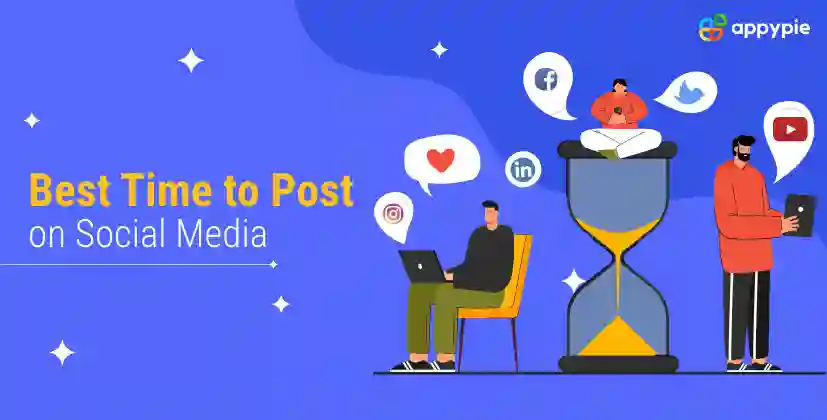
Time Management for Social Media Success: A Guide to Posting Times
- Social Media
- January 1, 2024
- No Comment
- 899
In the digital age, where social media platforms are crowded with content creators and businesses, managing your posting times can be a game-changer. Effective time management is crucial for maximizing visibility, engagement, and ultimately, success on social media. This comprehensive guide dives into the art of mastering posting times, providing actionable strategies to optimize your social media routine.
Understanding the Importance of Timing in Social Media
Before delving into the strategies, it’s essential to understand why timing matters:
- Algorithm Leverage: Social media algorithms favor content that gains immediate engagement. Posting when your audience is most active increases the likelihood of interaction, thereby boosting your content’s visibility.
- Audience Availability: Different demographics use social media at different times. Aligning your posts with your audience’s online habits ensures that your content reaches them effectively.
- Competition Edge: Posting during less saturated times can help your content stand out, reducing the noise from competitors.
- Global Engagement: For those with an international audience, considering time zones is vital to ensure your content reaches users worldwide.
Crafting a Time-Effective Posting Schedule
A strategic approach to posting can help you harness these benefits. Here’s how to go about it:
1. Audience Analysis
First, determine who your audience is and when they are most active. Tools like Google Analytics, Facebook Insights, or Instagram Analytics can provide valuable data about your audience’s demographics and online behavior.
2. Platform-Specific Patterns
Each social media platform has unique peak times. For instance, LinkedIn, being a professional network, sees more activity during work hours, while Instagram might have higher engagement during evenings and weekends. Tailoring your schedule to each platform is crucial.
3. Experimentation and Adaptation
The only way to truly know what works for your audience is through experimentation. Test various times and measure the results. Be prepared to adapt your strategy based on these insights. Remember, what works today may change as audience habits evolve.
4. Time Zone Considerations
If your audience spans multiple time zones, balance your posting schedule to cater to these differences. Scheduling tools like Buffer or Hootsuite can help automate this process, ensuring your content reaches all segments of your audience.
5. Quality over Quantity
While timing is important, it should not compromise content quality. It’s better to post less frequently with high-quality content than to post constantly at optimal times with mediocre content.
6. Consistency
Develop a consistent posting schedule. Consistency helps build audience expectation and trust. Utilize scheduling tools to maintain a regular posting rhythm, even when you’re not online.
7. Real-Time Engagement
Posting is just one part of the equation. Being available to engage with your audience immediately after posting can significantly boost interaction and visibility.
Time Management Tips for Social Media
Managing your time effectively on social media requires a balance between being strategic and flexible. Here are some tips:
- Create a Content Calendar: Plan your posts in advance. This helps in maintaining a consistent presence and makes it easier to adapt to your audience’s time preferences.
- Leverage Scheduling Tools: Tools like Sprout Social, Buffer, or Hootsuite allow you to schedule posts across different platforms. This is especially useful for maintaining an active presence, even during off-hours or holidays.
- Monitor and Adjust: Regularly review your engagement metrics to understand what’s working and what’s not. Be ready to adjust your strategy in response to these insights.
- Avoid Burnout: Don’t let the pressure of optimal posting times lead to social media burnout. Set realistic goals and remember that flexibility is key.
- Stay Informed: Keep up with the latest trends and changes in social media algorithms. Platforms often update their systems, which can affect how content is distributed and seen.
Conclusion
Time management in the context of social media is about more than just choosing when to post. It’s about understanding your audience, aligning your content with their online habits, utilizing the right tools, and being adaptable to change. By mastering the art of timing, you can significantly increase your social media success, leading to higher engagement, broader reach, and a more profound impact. Remember, in the fast-paced world of social media, timing isn’t just a small detail—it’s a critical component of your strategy.
